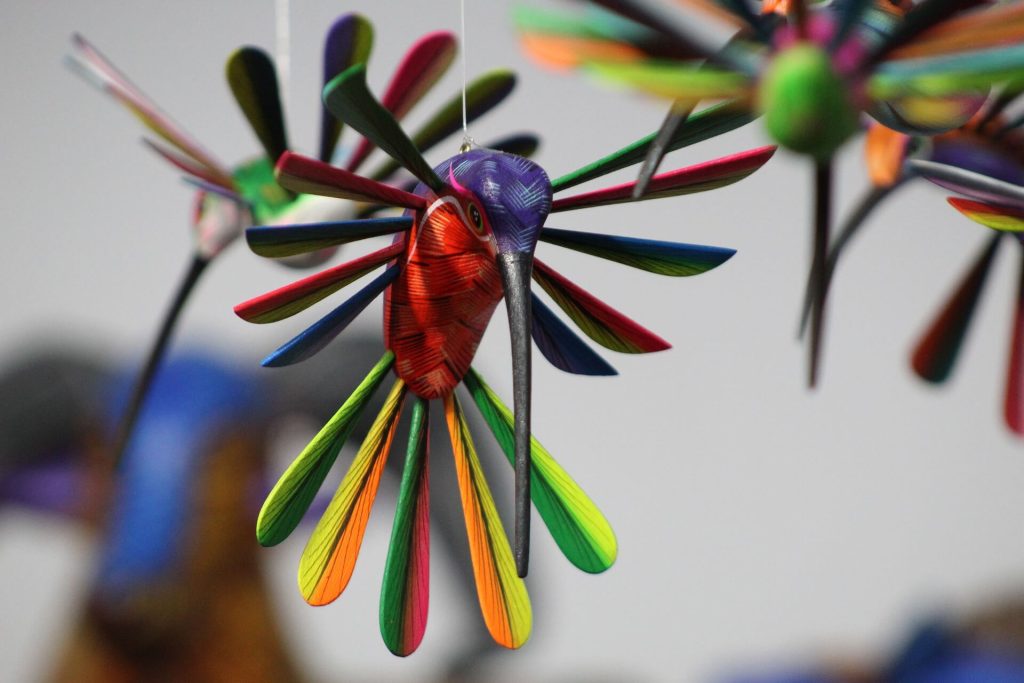Introduction
Ciulioneros, often referred to as “Brazilian ribbons,” are vibrant and intricately designed ribbons that hold significant cultural importance in Brazil. Originating from the Afro-Brazilian communities, ciulioneros are not just decorative items; they are woven into the fabric of Brazilian traditions, celebrations, and daily life. This article explores the history, significance, and contemporary uses of ciulioneros, showcasing their beauty and cultural relevance.
Historical Background
The art of making ciulioneros can be traced back to the African diaspora in Brazil, where enslaved people brought their weaving techniques and traditions. These ribbons were initially created for practical purposes, such as securing garments or decorating headpieces. Over time, they evolved into elaborate art forms, often featuring bright colors and intricate patterns that reflect the heritage and identity of their creators.
Cultural Significance
Ciulioneros are deeply embedded in various Brazilian festivities and rituals. They are often used in:
1. Religious Ceremonies
In Afro-Brazilian religions like Candomblé and Umbanda, ciulioneros play a crucial role in rituals and offerings. The colors and patterns are symbolic, representing different deities and spiritual elements. Participants may wear or offer these ribbons as a sign of devotion.
2. Festivals
During Carnaval and other local festivals, ciulioneros are a popular choice for costumes and decorations. Their bright colors and patterns add vibrancy to the celebrations, embodying the spirit of joy and community.
3. Personal Expression
Many artisans use ciulioneros as a medium for personal expression. Each design can tell a story or represent a specific cultural narrative, allowing creators to connect with their heritage and share their identities through their work.
Craftsmanship
Creating ciulioneros is a meticulous process that requires skill and creativity. Artisans often use a variety of materials, including silk, cotton, and synthetic fibers, to produce the ribbons. The weaving process involves intricate techniques that can take years to master, often passed down through generations.
Techniques
- Weaving: The ribbons are traditionally woven on looms, with artisans carefully selecting colors and patterns to create unique designs.
- Dyeing: Natural dyes from plants and other sources are often used to achieve vibrant colors, further enhancing the aesthetic appeal of the ribbons.
- Embellishment: Some ciulioneros are adorned with beads, sequins, or other decorative elements, adding an extra layer of beauty and complexity.
Contemporary Uses
Today, ciulioneros have transcended their traditional roles and can be found in various modern applications:
- Fashion: Designers incorporate ciulioneros into clothing and accessories, celebrating Brazilian culture while appealing to global markets.
- Home Decor: These ribbons are used in interior design, adding a touch of Brazilian flair to homes through wall hangings, table runners, and other decorative items.
- Art: Contemporary artists often experiment with ciulioneros in their works, blending traditional techniques with modern art forms to create innovative pieces that resonate with diverse audiences.
Conclusion
Ciulioneros are more than just ribbons; they represent a rich tapestry of Brazilian culture, history, and artistry. As they continue to evolve, these beautiful creations bridge the past and present, celebrating the vibrant traditions of Brazil while adapting to modern contexts. Whether used in religious ceremonies, festivals, or fashion, ciulioneros embody the spirit of creativity and resilience, ensuring that this art form remains an integral part of Brazil’s cultural heritage.



